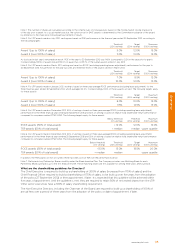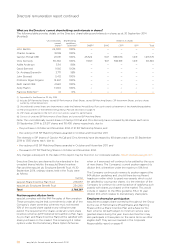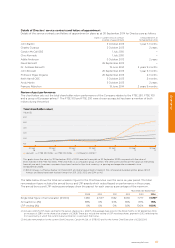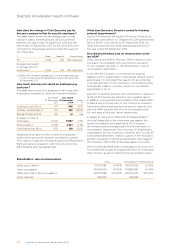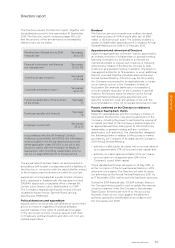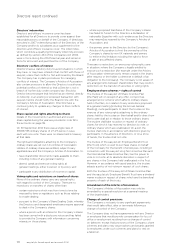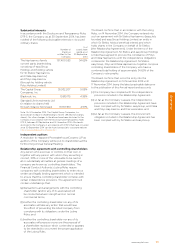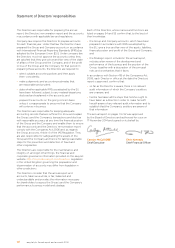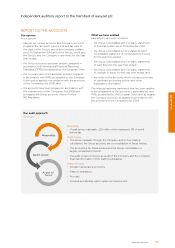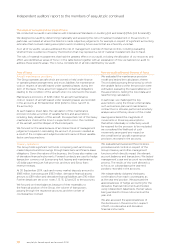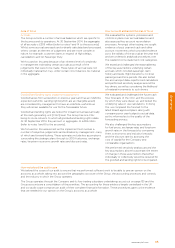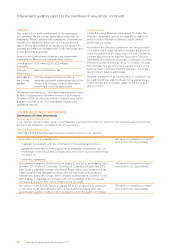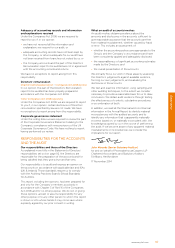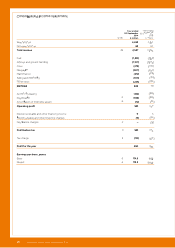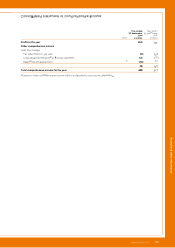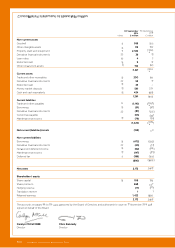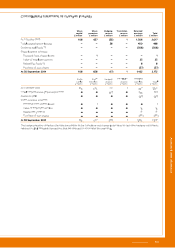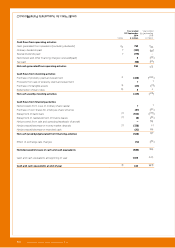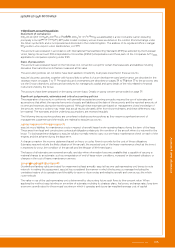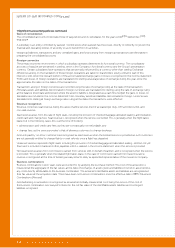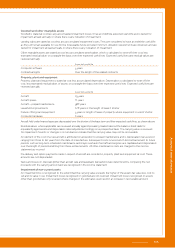EasyJet 2014 Annual Report Download - page 97
Download and view the complete annual report
Please find page 97 of the 2014 EasyJet annual report below. You can navigate through the pages in the report by either clicking on the pages listed below, or by using the keyword search tool below to find specific information within the annual report.
www.easyJet.com 95
Governance
Area of focus How our audit addressed the area of focus
Accruals
The Group records a number of accrual balances which are specific to
the business and its operations. At 30 September 2014, the aggregate
of all accruals is £309 million (refer to notes 1 and 14 to the accounts).
Whilst some accruals are easily and ordinarily calculated and processed,
others contain an element of judgement and are more complex in
nature, for example, customer claims in respect of flight delays,
cancellations and Air Passenger Duty.
We focused on this area because of an inherent level of complexity
in management estimating certain accruals as a result of the
judgements that were to be made. These types of accrual were not
individually material but may, under certain circumstances, be material
in the aggregate.
We evaluated the systems, processes and
controls in place over accrual balances and
also assessed key account reconciliation
processes. Amongst other testing, we sought
evidence of post year end cash and other
account movements which provided evidence
as to the validity of the accrual at the year end
and we undertook analytical procedures over
the related income statement cost categories.
We tested and challenged the reasonableness
of the key assumptions underlying certain
accruals, which included passenger claim
history and levels, flight disruptions, no-show
passengers and time periods. We also tested
the accrual input data, reperformed calculations
and performed sensitivity analysis around the
key drivers, as well as considering the likelihood
of material movements to such drivers.
Goodwill and landing rights impairment assessment
Goodwill arises from acquisitions in previous years and has an indefinite
expected useful life. Landing rights (which are an intangible asset)
are considered by management to have an indefinite useful life as
they will remain available for use for the foreseeable future.
Goodwill and landing rights are tested for impairment at least annually
at the cash-generating unit (‘CGU’) level. The Group has one CGU,
being its route network, to which all goodwill and landing rights relate.
At 30 September 2014, they amount, in aggregate, to £459 million
(refer to notes 1 and 8 to the accounts).
We focused on this assessment as the impairment test involves a
number of subjective judgements and estimates by management, many
of which are forward-looking. These estimates include key assumptions
surrounding the strategic plans through to 2019, fuel prices, exchange
rates, long-term economic growth rates and discount rates.
We evaluated and challenged the future cash
flow forecasts of the CGU, and the process
by which they were drawn up, and tested the
underlying value in use calculations. In doing
this, we compared the forecast to the
latest Board approved plans, along with
comparing prior year budget to actual data,
as this informed as to the quality of the
forecasting process.
We also challenged the key assumptions
for fuel prices, exchange rates and long-term
growth rates in the forecasts by comparing
them to economic and industry forecasts;
and the discount rate by assessing the
cost of capital for the Company and
comparable organisations.
We performed sensitivity analysis around the
key assumptions above to ascertain the extent
of change in those assumptions that either
individually or collectively would be required for
the goodwill and landing rights to be impaired.
How we tailored the audit scope
We tailored the scope of our audit to ensure that we performed sufficient work to be able to give an opinion on the
accounts as a whole, taking into account the geographic structure of the Group, the accounting processes and controls,
and the industry in which the Group operates.
The Group operates through the Company and its four trading subsidiary undertakings as set out on page 133 and the
Group accounts are a consolidation of these entities. The accounting for these entities is largely centralised in the UK
and our audit scope comprises an audit of their complete financial information. These procedures gave us the evidence
that we needed for our opinion on the Group’s accounts as a whole.


